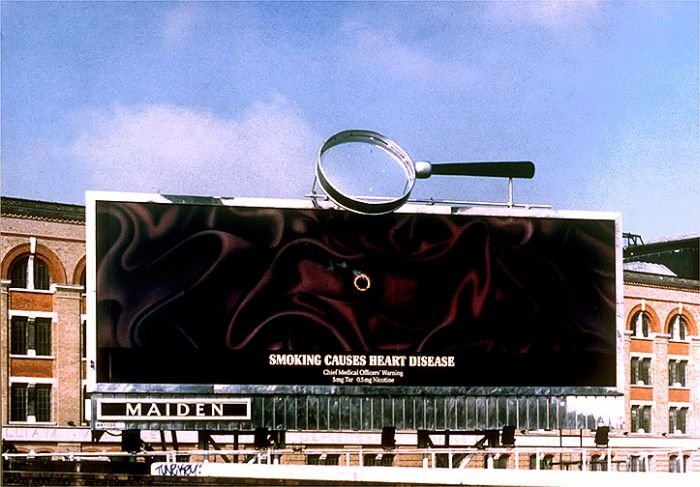|
|
Anti-tobacco Advertisment
|
The day has also been used as a springboard for discussing the current and future state of a country as it relates to tobacco. For example, in India, (which, with 120 million smokers, has one of the highest rates of tobacco consumption in the world), a special section of the Indian journal Current Science, together with the International Union Against Tuberculosis and Lung Disease, was published in time for WNTD, 2009. They examined tobacco use and control in India in an attempt to spread awareness and build support for stricter tobacco control.
Resistance
For some, WNTD is nothing more than a “futile attempt to curb smoking” which has little to no visible effect in places like the former USSR, India, and China. For others, WNTD is seen as a challenge to individual freedom of choice or even a culturally acceptable form of discrimination. From ignoring WNTD, to participating in protests or acts of defiance, to bookending the day with extra rounds of pro-tobacco advertisements and events, smokers, tobacco growers, and the tobacco industry have found ways to make their opinions of the day heard.
|
|









